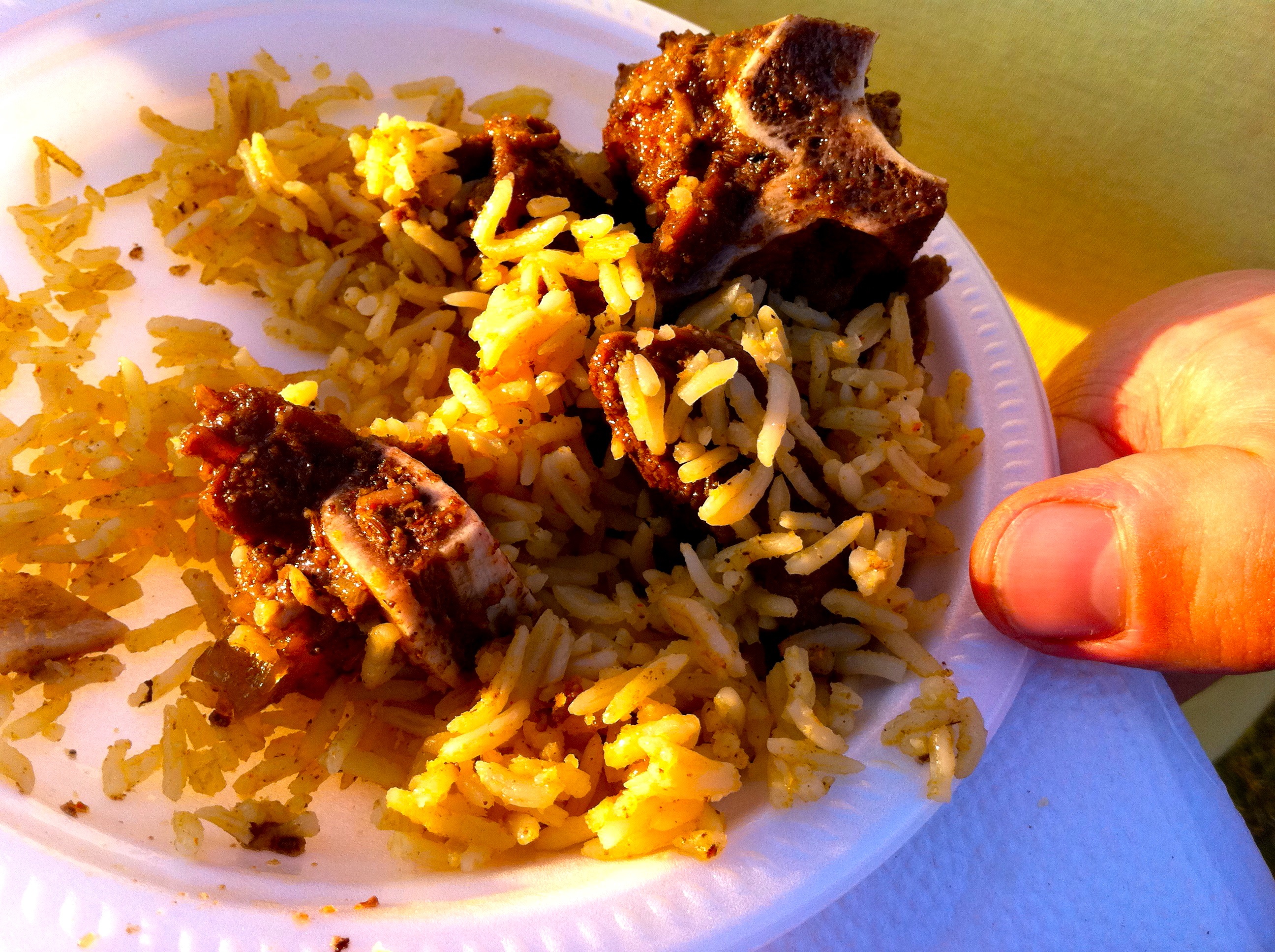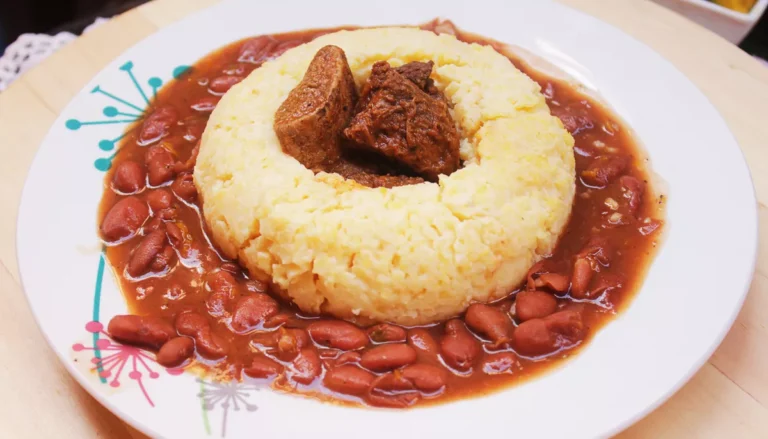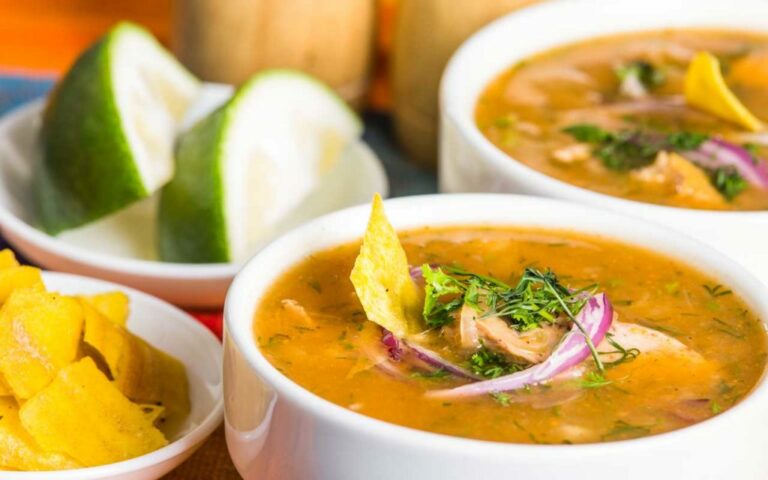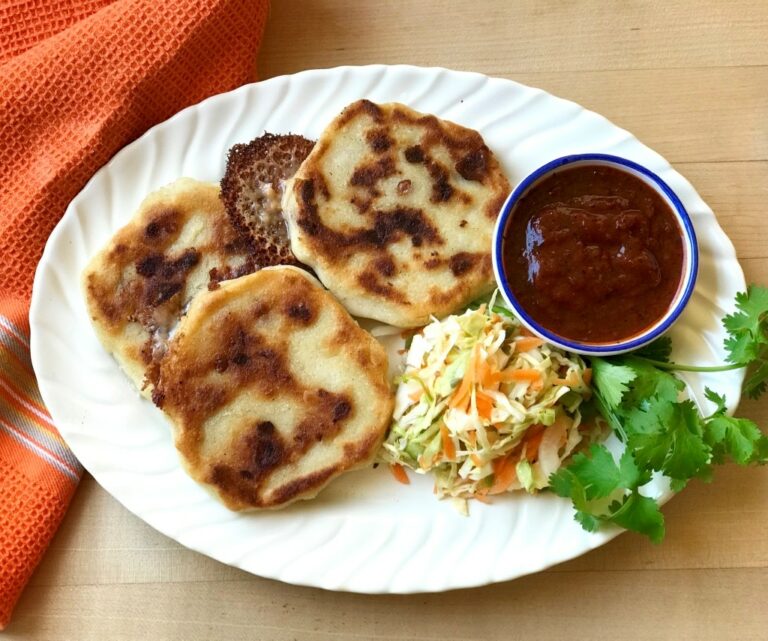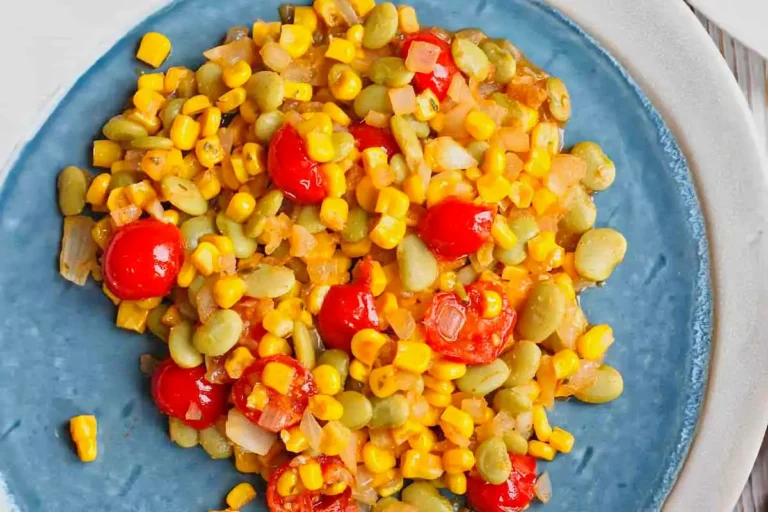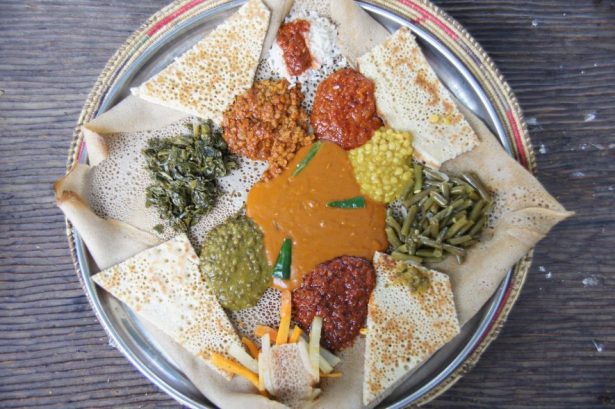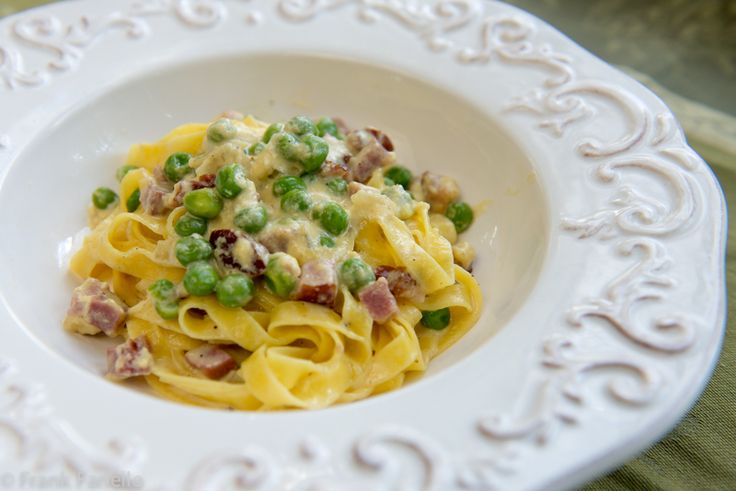Introduction: Djiboutian Cuisine
Djiboutian cuisine is a blend of African, Middle Eastern, and French influences. It is well-known for its spiced meats and stews, as well as its use of local seafood. However, vegetarians and vegans may wonder if there are any options available for their dietary preferences.
Overview of Vegetarianism in Djibouti
Vegetarianism is not a common practice in Djibouti, where meat is often considered a staple. However, it is not unheard of, especially among the country’s small Indian and Ethiopian communities. Additionally, some Muslims may observe meat-free days during important holy periods. Nonetheless, it can be a challenge to find vegetarian options in traditional Djiboutian cuisine.
Popular Vegetarian Dishes in Djiboutian Cuisine
Despite the country’s focus on meat, there are a few vegetarian dishes that are popular in Djiboutian cuisine. One such dish is called “fah-fah,” which is a spicy vegetable soup made with tomatoes, onions, and hot peppers, typically served with bread. Another popular dish is “lahoh,” a savory pancake made with flour and water and served with chutney or salsa.
Vegan Options in Djiboutian Cuisine
While it can be difficult to find vegan options in Djiboutian cuisine, there are a few dishes that can be modified to meet this dietary restriction. For example, “fou fou,” a staple made from mashed plantains or yams, is typically served with meat but can be made without it. Additionally, “salata” is a simple salad made with fresh vegetables and can be easily adapted for vegan diners.
Traditional Spices and Herbs in Vegetarian Dishes
Spices are an essential part of Djiboutian cuisine, and many vegetarian dishes feature a variety of flavors. Popular spices include cumin, coriander, turmeric, and cinnamon. Fresh herbs such as cilantro and parsley are also commonly used in dishes like fah-fah and salata.
Vegetarian-Friendly Restaurants in Djibouti
While there are few restaurants in Djibouti that specialize in vegetarian or vegan cuisine, some establishments do offer options that cater to these dietary needs. For example, the restaurant at the Kempinski Hotel in Djibouti City offers a vegetarian menu, including dishes like lentil soup and vegetable lasagna.
Challenges of Finding Vegetarian Food in Djibouti
As mentioned earlier, vegetarianism is not a widespread practice in Djibouti, which can make it difficult to find suitable dining options. However, with the growing popularity of vegetarianism worldwide, more restaurants may begin to offer meat-free dishes in the future.
Conclusion: The Future of Vegetarianism in Djibouti
While vegetarianism may not be prevalent in Djiboutian cuisine today, the rise of health-conscious eating habits worldwide may lead to more options for vegetarians and vegans in the future. For now, however, visitors to Djibouti may need to do some research and ask for modifications to traditional dishes to accommodate their dietary needs.

